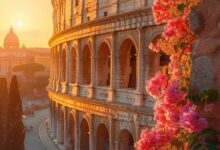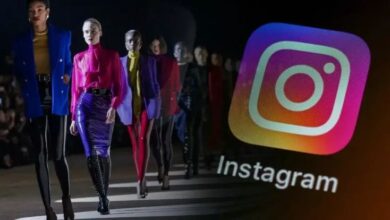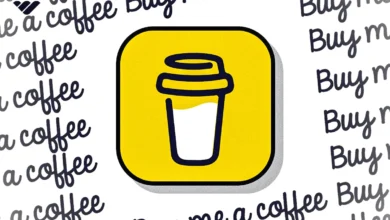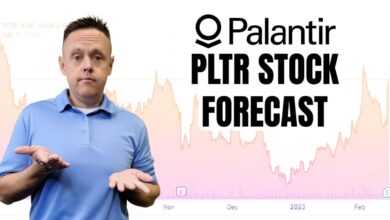Exploring Minecraft (2009) Game Icons Banners
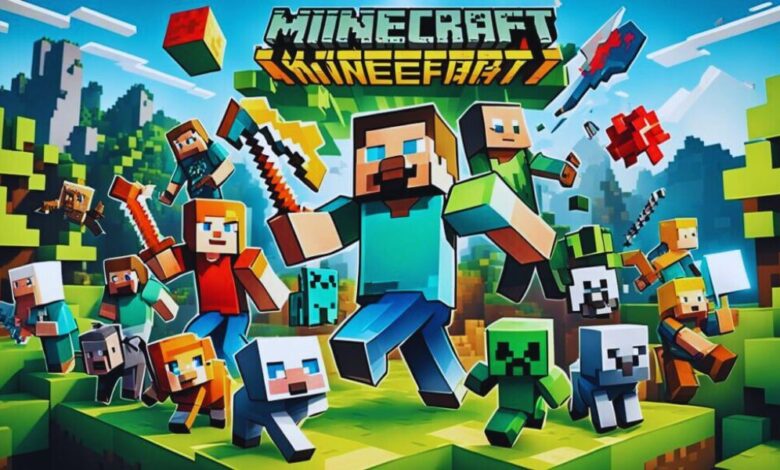
Minecraft (2009) Game Icons Banners have captured the imagination of millions worldwide. Known for its blocky, pixelated world, the game allows players to explore, build, and create their own unique adventures. However, aside from its vast, procedurally generated world and endless gameplay possibilities, another fascinating aspect of Minecraft is its use of icons and banners. These elements are visually appealing and play an essential role in the game’s customization and identification systems.
In this article, we will explore the significance of Minecraft (2009) game icons banners, how they work, and how players can creatively use them to personalize their experience.
What Are Game Icons in Minecraft?
Game icons in Minecraft refer to various symbols, emblems, and designs that represent different items, blocks, entities, or features. These icons serve a practical purpose, allowing players to identify and interact with various objects in the game quickly. For example, the sword icon represents weapons, while the pickaxe icon signifies mining tools.
But game icons go beyond utility. They are also a form of expression, especially in multiplayer games, where players use customized skins, symbols, and icons to represent their individuality. From crafting tables to Redstone components, these icons help players navigate the vast world of Minecraft.
Common Minecraft Icons
Here are some of the most commonly seen icons in Minecraft:
- Block icons: These represent various types of blocks like dirt, stone, ores, and wood.
- Item icons: Weapons, tools, and consumables all have unique icons.
- Entity icons: Animals, monsters, and NPCs (non-playable characters) each have recognizable iconography.
Each icon in Minecraft is simple but effective, fitting perfectly within the game’s minimalist design aesthetic.
The Importance of Banners in Minecraft (2009)
Now that we’ve explored icons, let’s discuss banners, another key feature in Minecraft. Introduced in version 1.8 of the game, banners allow players to create custom flags with different colours, shapes, and patterns. While they may seem like mere decorations at first, they serve a deeper purpose.
Banners are more than just decorative items; they offer symbolic value. Players often use banners in multiplayer servers to mark territories, signal alliances, or represent factions or teams. This makes banners significant to the game’s social and competitive aspects.
How to Craft and Customize Banners
Creating banners in Minecraft is a straightforward process. Here’s how players can craft them:
- Ingredients needed: 6 wool blocks (any colour) and one stick.
- Crafting process: Place the wool blocks in the top two rows of the crafting table and place the stick in the middle of the bottom row.
Once you have your banner, you can customize it with different designs. This is done using a crafting table or a loom with the help of dyes. Players can create complex patterns, ranging from simple stripes to intricate emblems.
Popular Banner Designs
Here are a few popular banner designs in Minecraft:
- Creeper Face: Requires a Creeper head and dye to create a banner with the Creeper’s iconic face.
- Skull and Crossbones: Crafted using a Wither Skeleton skull.
- Gradient Banner: A beautiful fade effect can be applied by combining two or more dyes.
How Minecraft (2009) Game Icons Banners Enhance Creativity
One of the best aspects of Minecraft is the sheer creativity it fosters. Whether you’re building towering castles or digging deep mines, there’s always room for players to express their imagination. Minecraft (2009) Game Icons Banners are no exception to this creative freedom. Both icons and banners can be customized or used in ways that give players control over how they represent their in-game experiences.
Creative Uses of Icons
While the icons are not customizable, players often devise creative ways to organize and use them in gameplay. For example, players might:
- Use item frames to create in-game icon galleries displaying their rarest items.
- Arrange icons in chests or on walls to represent different sections of a base (e.g., tools, weapons, food).
- Create signs with icons to mark critical locations, farms, or other builds.
Icons may be small and straightforward, but they serve as critical visual cues that help players stay organized, solo or with others.
Creative Uses of Banners
Banners, on the other hand, offer more flexibility. They can be used in countless ways to enhance the game’s aesthetic:
- Base Decoration: Players can hang banners outside their homes or castles to give their base a unique look.
- Map Markers: Banners can be placed on maps to mark important landmarks, such as villages or player bases.
- Team Flags: In PvP (Player vs Player) modes, banners can represent different teams, giving players a sense of identity and pride.
Combining Minecraft’s game icons and banners adds a dynamic element of creativity to the game, allowing players to make their mark on the world.
The History and Evolution of Banners in Minecraft
Banners were not always a part of Minecraft. Introduced in the 1.8 updates, they quickly became the favourite among players. Over the years, Mojang has added more customization options and designs, making banners even more versatile.
When first introduced, banners were relatively simple, with limited colour and pattern choices. However, the howeverhoweverthe development team added new patterns, such as the Mojang logo, globe patternse .
Milestones in Banner Development
Here’s a quick look at how banners have evolved in Minecraft:
| Version | Banner Update |
|---|---|
| 1.8 | A globe banner pattern added |
| 1.9 | Added new banner patterns (Creeper face) |
| 1.11 | Ability to apply banners to shields |
| 1.13 | New banner designs and crafting mechanics |
| 1.16 | A globe banner pattern was added |
This evolution shows how Mojang has consistently worked to improve the feature, giving players more control over their creative projects.
Customizing Shields with Banners
One exciting feature added in Minecraft’s 1.9 update is the ability to apply banners to shields. Shields, already a valuable tool for blocking attacks, became even cooler once players could decorate them with their unique banner designs.
Players must place a shield and a banner on a crafting table to customise a shield. The banner’s design will then be applied to the shield, giving it a custom appearance. This allows for even more personalization during combat, letting players carry their team colours or personal emblems into battle.
Practical Uses for Minecraft (2009) Game Icons Banners
In addition to their aesthetic and creative uses, game icons and banners have several practical applications in Minecraft. They enhance the player experience in various ways, making both solo and multiplayer gameplay smoother and more enjoyable.
Icon-Based Organization
In a game as vast as Minecraft, organization is critical. With so many items, blocks, and tools to keep track of, icons are vital in helping players manage their inventory. Here’s how:
- Chests and Storage: Players often label their chests with item frames with specific icons. For example, a chest full of ores might have an iron ingot icon attached, while a food chest could have a bread or apple icon.
- Quick Identification: During intense survival moments, players must quickly find the right items. Having easy-to-identify icons makes this process much faster.
Banner-Based Navigation
Banners also have several functional uses. Aside from marking bases or territories, they can help players navigate the vast Minecraft world:
- Wayfinding: When placed strategically, banners can act as waypoints to help players find their way home or to essential locations.
- Map Markers: Players can place banners on maps, which will appear as markers on the map itself. This is incredibly useful when travelling long distances or exploring new areas.
Minecraft (2009) Game Icons Banners in Multiplayer Servers
The use of icons and banners takes on new significance in multiplayer servers. Here, the competition and cooperation between players turn these simple elements into powerful tools for communication and strategy.
Faction Identification
Banners serve as visual identifiers in large multiplayer servers where factions or teams compete. Different factions may create unique banners to represent their group, helping to distinguish allies from enemies. Players can rally behind their banner in battle or place it outside their stronghold to signal their presence.
Collaborative Builds
When players work together to create massive structures or cities, banners and icons can help organize the project. Specific areas may be marked with banners indicating what’s being built, or different sections of a build may be labelled with item icons indicating what resources are needed.
Conclusion: The Creative Power of Minecraft (2009) Game Icons Banners
In conclusion, Minecraft’s (2009) game icon banners are more than just decorative elements. They serve practical and creative purposes, allowing players to express their individuality, stay organized, and navigate the game’s complex world. Whether used to decorate a towering castle or mark important locations on a map, icons and banners are an essential part of what makes Minecraft such a rich and immersive experience.
From their humble beginnings as simple items to their evolution into powerful tools for customization, banners and icons have come a long way. And as Minecraft grows, it’s exciting to think about how these elements might evolve even further.
So, next time you’re playing Minecraft, take a moment to appreciate the power of these small but mighty elements. After all, they’re just another way this game encourages creativity, collaboration, and fun.

